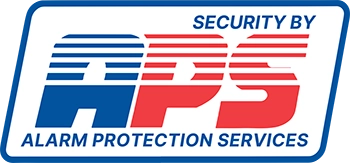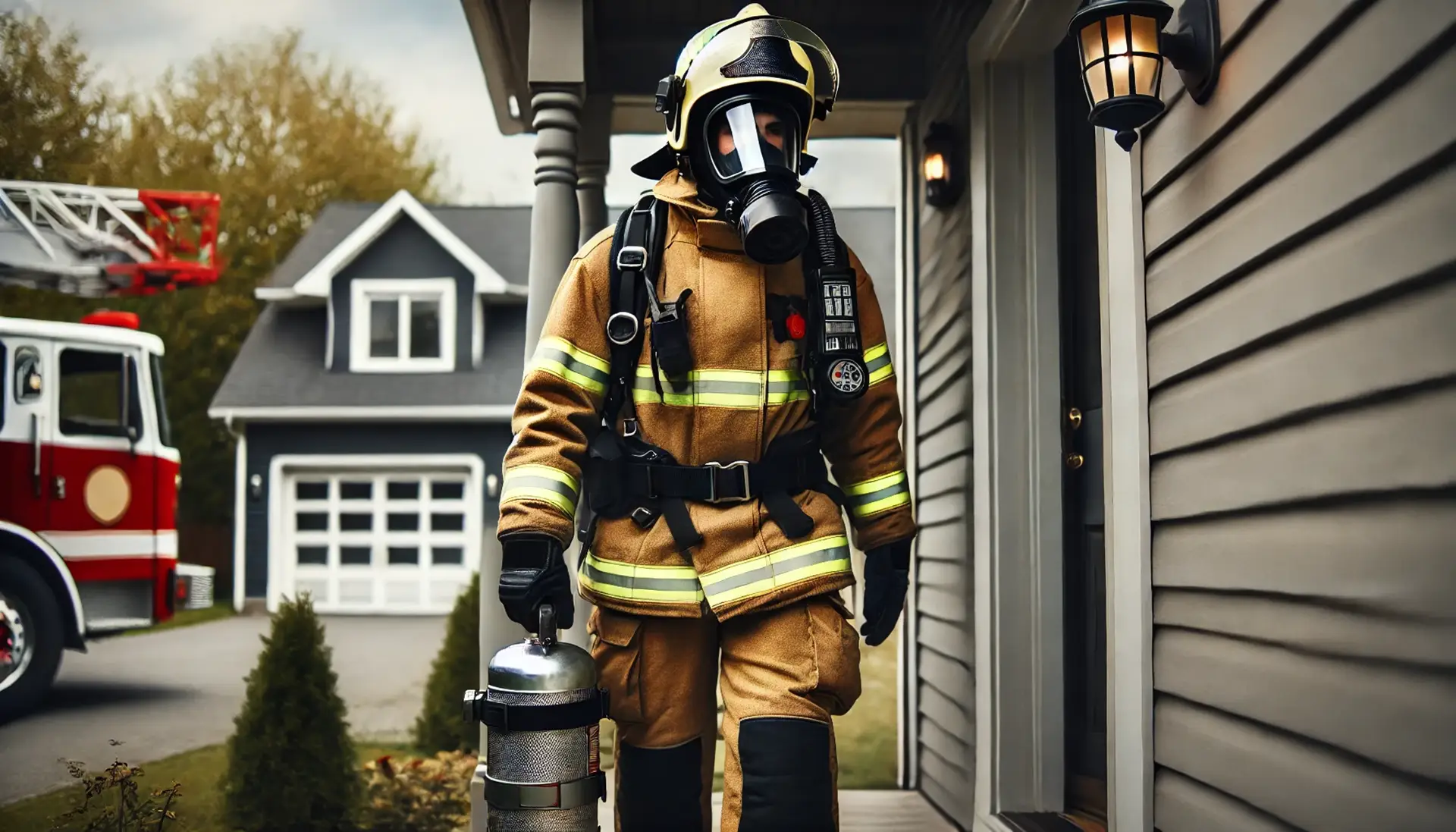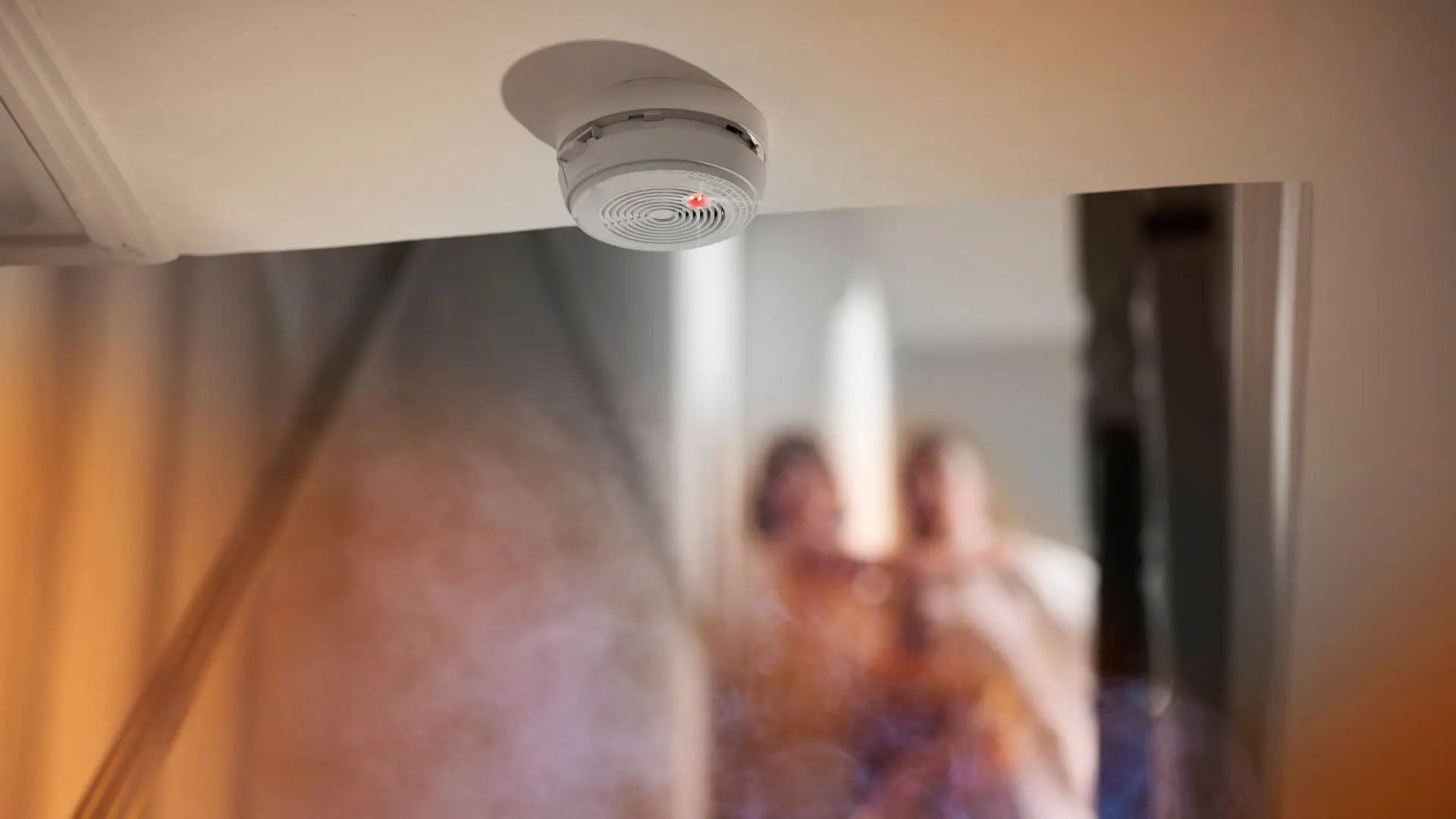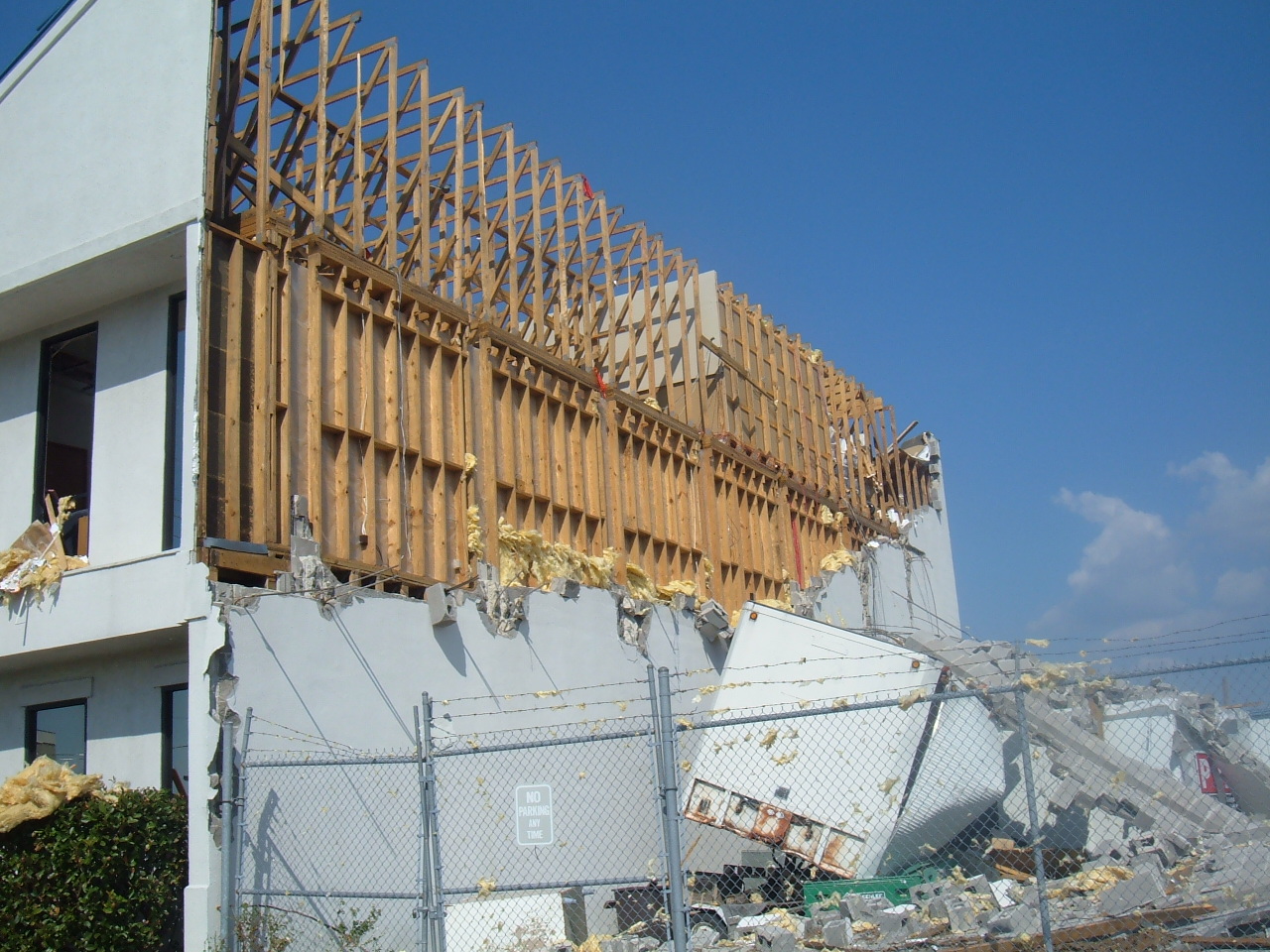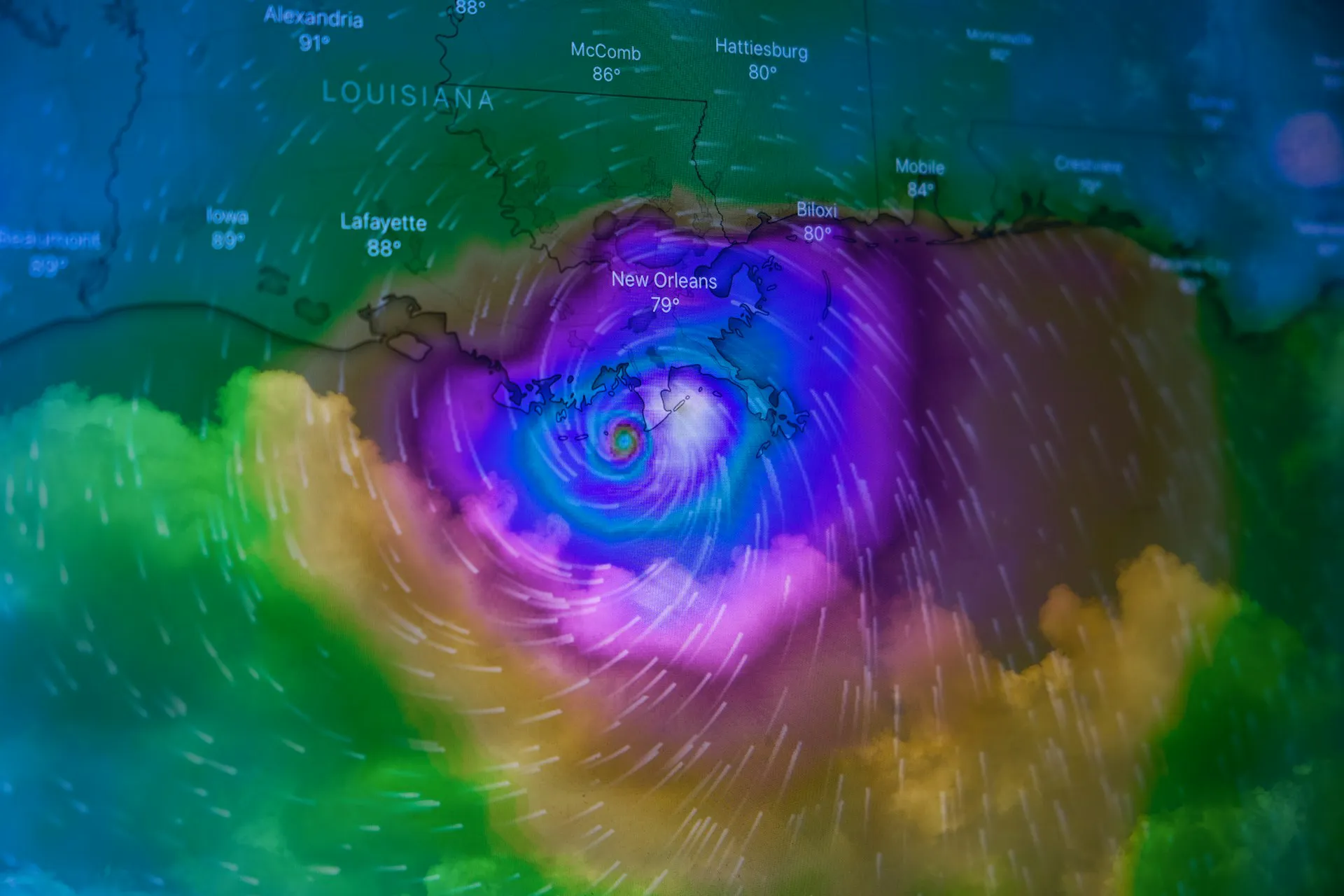Introduction
Carbon monoxide (CO) is an invisible, odorless gas that poses a serious threat to your family’s safety. As a leading provider of home security solutions, Alarm Protection Services (APS) is committed to helping you protect your loved ones from this silent danger. In this comprehensive guide, we’ll walk you through everything you need to know about carbon monoxide detectors, including where to install them, how many you need, and what to do if they go off. By the end of this article, you’ll have the knowledge and confidence to safeguard your home against carbon monoxide risks.Table of Contents
- Why Carbon Monoxide Detectors Are Crucial
- Where to Install Carbon Monoxide Detectors
- How Many Carbon Monoxide Detectors Do I Need?
- How High Do You Install a Carbon Monoxide Detector?
- What to Do if Your Carbon Monoxide Detector Goes Off
- Can Smoke Detectors Detect Carbon Monoxide?
- Types of Carbon Monoxide Detectors
- Maintaining Your Carbon Monoxide Detectors
- Legal Requirements for CO Detectors
- Real-Life Application: Not a False CO Alarm
- Preventing Carbon Monoxide Build-up in Your Home
- References
Why Carbon Monoxide Detectors Are Crucial
Carbon monoxide is a byproduct of incomplete combustion, often produced by common household appliances such as gas stoves, furnaces, water heaters, and fireplaces. It can also come from external sources like car exhaust. What makes CO particularly dangerous is its nature – it’s colorless, odorless, and tasteless, making it impossible to detect without proper equipment. Exposure to carbon monoxide can lead to severe health issues, including headaches, dizziness, nausea, and in extreme cases, even death. This is why having reliable carbon monoxide detectors in your home is not just a convenience – it’s a necessity for protecting your family’s lives. According to the Centers for Disease Control and Prevention (CDC), more than 400 Americans die from unintentional CO poisoning not linked to fires each year. Additionally, more than 20,000 visit the emergency room, and more than 4,000 are hospitalized due to CO poisoning. These statistics underscore the critical importance of having functioning CO detectors in your home.Where to Install Carbon Monoxide Detectors
Proper placement of carbon monoxide detectors is crucial for early detection and maximum protection. Here are the key locations where you should install CO detectors:- Near bedrooms and sleeping areas: Install detectors within 10 feet of every bedroom door. This ensures that alarms can wake sleeping occupants if CO levels rise during the night.
- On every level of your home: Including basements and attics, even if they’re unfinished.
- Near attached garages: CO from car exhaust can seep into the house, so place a detector near the door to the garage.
- Close to fuel-burning appliances: Install detectors within 15-20 feet of furnaces, water heaters, and fireplaces.
- In the kitchen: While not too close to cooking appliances to avoid false alarms, having a detector in or near the kitchen is important as many CO sources are found here.
- Near the utility room: If you have a furnace, water heater, or other fuel-burning appliances in a utility room, place a detector nearby.
- Directly above or beside fuel-burning appliances
- Within 15 feet of heating or cooking appliances
- In very humid areas like bathrooms
- Near windows, doors, or vents where drafts might interfere with detection
- Behind curtains or furniture that could block air flow
- In direct sunlight or areas exposed to temperature extremes
How Many Carbon Monoxide Detectors Do I Need?
Disclaimer: Always check local regulations or building codes for specific guidelines regarding carbon monoxide detector placement in your area. For personalized advice, contact APS for a free consultation to determine the ideal number and placement of detectors in your home. The number of carbon monoxide detectors you need depends on the size and layout of your home. As a general rule:- You should have at least one detector on every level of your home, including the basement, to ensure coverage throughout.
- Place a detector near every sleeping area to alert you in the event of a CO leak while you sleep.
- Larger homes or those with multiple sleeping areas may need extra detectors to ensure comprehensive coverage, especially near major appliances that could produce CO.
How High Do You Install a Carbon Monoxide Detector?
The installation height for carbon monoxide detectors can vary depending on the specific model and manufacturer’s instructions. However, here are some general guidelines:- Wall-mounted detectors should be placed at least 5 feet above the floor
- Ceiling-mounted detectors can be installed at any height
- For multi-story homes, install detectors near the top of the stairwell on each level
- Follow the manufacturer’s instructions carefully
- Ensure the detector is not obstructed by furniture or curtains
- If you have combination smoke/CO detectors, follow the installation guidelines for smoke detectors, which are typically installed on or near the ceiling
- For pet owners, consider placing detectors high enough to be out of reach of curious pets
What to Do if Your Carbon Monoxide Detector Goes Off
If your carbon monoxide detector sounds an alarm, it’s crucial to take immediate action. Follow these steps to ensure your family’s safety:- Don’t ignore the alarm: Treat every CO detector activation as an emergency.
- Evacuate immediately: Get everyone out of the house, including pets.
- Call for help: Once outside, call 911 or your local emergency number.
- Do a head count: Ensure all family members are accounted for.
- Don’t re-enter: Wait for emergency responders to arrive and clear your home.
- Seek medical attention: If anyone experiences symptoms of CO poisoning, seek immediate medical care.
- Ventilate the area: If it’s safe to do so, open windows and doors to allow fresh air in.
- Identify the source: Once it’s safe, work with professionals to identify and fix the CO source.
- Replace or reset detectors: Follow manufacturer instructions to reset your detectors or replace them if necessary.
Can Smoke Detectors Detect Carbon Monoxide?
This is a common question, and the answer is important: standard smoke detectors cannot detect carbon monoxide. Smoke detectors and carbon monoxide detectors work on different principles:- Smoke detectors use either photoelectric or ionization technology to detect visible smoke particles.
- Carbon monoxide detectors use specific sensors to detect the presence of CO gas.
Types of Carbon Monoxide Detectors
There are several types of carbon monoxide detectors available on the market, each with its own advantages. Understanding these types can help you choose the best option for your home:- Battery-Powered Detectors: These are easy to install and work during power outages. However, batteries need to be replaced regularly.
- Plug-In Detectors: These plug directly into an electrical outlet. Many have battery backups for continuous protection during power outages.
- Hardwired Detectors: These are connected directly to your home’s electrical system and often have battery backups. They’re typically installed during construction or major renovations.
- Smart Detectors: These can connect to your home’s Wi-Fi network, sending alerts to your smartphone if CO is detected, even when you’re away from home.
- Combination Smoke and CO Detectors: These detect both smoke and carbon monoxide, potentially reducing the total number of devices needed in your home.
Maintaining Your Carbon Monoxide Detectors
Proper maintenance of your carbon monoxide detectors is crucial to ensure they function correctly when needed. Here are some essential maintenance tips:- Test monthly: Use the test button to ensure your detector is working properly.
- Replace batteries: For battery-powered or battery backup units, replace batteries at least once a year or when the low-battery signal chirps.
- Clean regularly: Gently vacuum the detector’s exterior monthly to remove dust and debris.
- Check expiration dates: Most CO detectors last 5-7 years. Replace them according to the manufacturer’s recommendations.
- Keep records: Note installation dates and set reminders for regular maintenance and replacement.
- Understand signals: Learn what different beeps or light patterns mean for your specific model.
Legal Requirements for CO Detectors
Legal requirements for carbon monoxide detectors vary by location, but many states and municipalities have laws mandating their use in residential properties. In Louisiana, for example, there are specific requirements: Per Title 17 Part 1 of the Louisiana Uniform Construction Code Council amendments section 107, IRC section 315.2.2 Item (4) effective January 1, 2023:- When a permanent fuel-fired appliance (including standby generators) is installed outside, carbon monoxide alarms must be installed inside each separate sleeping room and in the living area.
- The property owner must provide access to the inspector to verify that new or existing carbon monoxide alarms are installed in accordance with the code.
- If an existing residence already has carbon monoxide alarms installed, the inspector must be provided access to verify the alarms comply with the code.
Real-Life Application: Not a False CO Alarm
The importance of taking every CO alarm seriously cannot be overstated. It’s not uncommon for homeowners to dismiss alarms as false or malfunctioning, but as the following case demonstrates, doing so can put lives at risk. Always treat a CO alarm as a genuine emergency and follow the safety steps outlined earlier in this article.Real-Life Application | NOT a False CO Alarm
An “annoying” alarm turned out to be a lifesaver. When a family’s detectors were presumed to be malfunctioning, APS was called. We dispatched immediately and discovered dangerous carbon monoxide levels from their generator, preventing a potential tragedy. This is just one example of why proper installation and maintenance of carbon monoxide detectors and generators are so crucial.
Contact us today for our Hurricane Safety Special: Complimentary battery check for your system panel and 15% off the installation of CO detectors.
Contact Us NowLimited Time Offer: Hurricane Safety Special expires October 31, 2024.
Preventing Carbon Monoxide Build-up in Your Home
While installing and maintaining carbon monoxide detectors is crucial, preventing CO build-up in the first place is equally important. Here are some preventive measures you can take:- Have your heating system, water heater, and any other gas, oil, or coal-burning appliances serviced by a qualified technician every year.
- Never use portable flameless chemical heaters indoors.
- Never use a gas oven to heat your home, even for a short time.
- Ensure your gas appliances are vented properly. Horizontal vent pipes should go up slightly as they go toward outdoors.
- Have your chimney checked and cleaned every year to ensure proper venting.
- Never patch a vent pipe with tape, gum, or something else. This kind of patch can make CO build up in your home.
- Never run a generator, pressure washer, or any gasoline-powered engine inside a basement, garage, or other enclosed structure, even if the doors or windows are open.
- When using a generator, use a battery-powered or battery backup CO detector in your home.
Conclusion
Carbon monoxide is a silent threat that can have devastating consequences if not properly managed. By understanding the importance of CO detectors, knowing where to install them, how to maintain them, and how to respond to alarms, you can significantly reduce the risk of CO poisoning in your home. Remember, your family’s safety is paramount, and investing in quality CO detectors and regular maintenance is an essential part of home safety. At Alarm Protection Services, we’re here to help you every step of the way in securing your home against carbon monoxide and other potential threats. From professional installation to ongoing support and maintenance, we’re committed to ensuring your peace of mind. Don’t wait to protect your loved ones – take action today to safeguard your home against the silent danger of carbon monoxide. Contact Alarm Protection Services for a comprehensive home safety assessment and professional installation of carbon monoxide detectors. Just have a quick question? Our FAQs may have the answer you seek. Your family’s safety is our top priority.References
- National Fire Protection Association (NFPA). (2023). Installing and Maintaining Smoke Alarms.
- National Fire Protection Association (NFPA). (2023). Carbon Monoxide Safety.
- National Fire Protection Association (NFPA). (2023). Home Fire Escape Planning.
- Louisiana Uniform Construction Code Council. (2023). Title 17 Part 1, Section 107, IRC section 315.2.2 Item (4).
- Consumer Product Safety Commission. (2022). Carbon Monoxide Information Center.
- Centers for Disease Control and Prevention (CDC). (2023). Carbon Monoxide Poisoning Basics.
- Environmental Protection Agency (EPA). (2023). Carbon Monoxide’s Impact on Indoor Air Quality.
